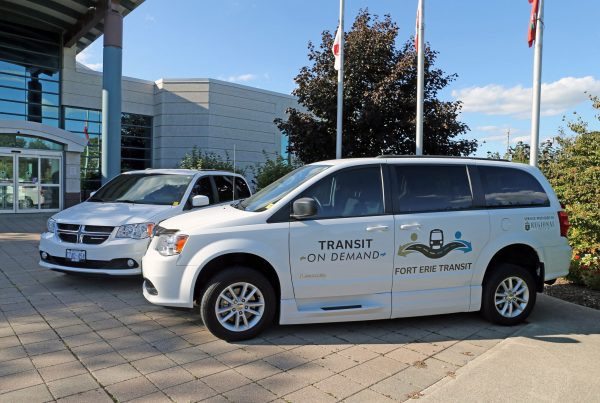The Toronto Transit Commission (TTC) had a board meeting on January 21, 2016 where they proposed a motion to study the “benefits of microtransit”, naturally we at Pantonium were excited that our home city was at last considering a topic that we have been involved with. Microtransit is a very new thing, probably only popping on the radars of the general public in the last year.
For those of you who do not know what it is, do not worry neither did many of the TTC board members. Marcus Gee, of the Globe and Mail wrote a comprehensive article on the concept of microtransit and examples of it operating across the world. Here is an excerpt from that article that should bring you up to speed:
“The idea is not new. Even in the developing world, dollar vans, jitneys and company shuttle buses have plugged holes in the commuting network for years. What has changed is the technology. With the spread of GPS-enabled smartphones, riders can be linked and transported together in smaller vehicles, sometimes travelling on changing, flexible routes according to demand.”
It is a very interesting time to be in people transportation, as technology has enabled whole new methods of providing services. But the TTC needed some more convincing. Which brings us to the January 21 board meeting of the TTC. Microtransit made it on the agenda, but we were not thrilled about the limited scope of the report. We think the TTC and all other public transit operators should be looking at the issue with much more urgency. Which was what we tried to explain to them during our public deputation.
Unlike most challenges public transit faces, this one is almost completely out of their control, unless action is taken. The growth of microtransit is mostly driven by private companies and public demand for better transport. Columbia University planning scholar David King thinks this trend is worth worrying about: “I think we should view the rise of the private operators as reaction to the failure of public transit to offer the breadth of services they can—that they should, I do think there’s real concern that if these continue to grow, you’re going to be taking people off the public transit system.” Even if microtransit manages to grow large enough in capacity to make a noticeable impact on public transit, it will not become an existential threat. But it is going to exist in cities and either be an asset for public transit or a liability.
Toronto transit writer Steve Munro, quoted by Marcus Gee, claims services such as UberHop are not doing cities any favours, he says,“they are cherry-picking an area where there’s lots of people who have disposable income, the transit service is crap and there is such a huge demand between those areas and downtown. They take a little tiny sliver of it and they’re ahead of the game.” He doubts the entire UberHop fleet will carry more than a couple of streetcars worth of morning commuters. We have our own doubts about the impact of UberHop, but that does not change the fact that microtransit is already operating all over North America with very little impetus from public transit.
There are reasons for optimism though, Arthur Guzzetti, vice president of policy for the American Public Transportation Association has this to say on microtransit: “Mobility will be transformed, but public transit, for sure, has a role here, possibly as the core of the system, with all these pieces connected to it.” Integration with the existing transit network will solve the last mile problem. Using it as a complimentary service; filling in coverage gaps, and moving people to and from transit hubs, will increase ridership and improve customer experience. Done right you can reduce the aggregate need for cars as shown by a recent survey by Berkeley University researchers, they found that among on-demand riders, 40 percent said they’d reduced their driving since using such service.
Our recommendations to the TTC were to take this trend seriously and to follow up their report with some tangible action. Public transportation operators should consider pilot projects, one is already being done in San Jose, or more comprehensive research into the viability of a microtransit service or partnership. The TTC board were moved only by our warnings of chaos if private operators were allowed to run wild in the city and so after a brief discussion they amended their motion to also look into the risks of microtransit. This myopic response is not surprising but it is also not going to help when this trend expands and intensifies. The next few years are going to be interesting for public transit as new technology, operators and opportunities present themselves.
Microtransit is coming to a city near you, if it hasn’t already, what are you going to do about it?
Photos: Top – E Pluribus Anthony | commonswiki Center – Brandon Martin-Anderson | Flickr




